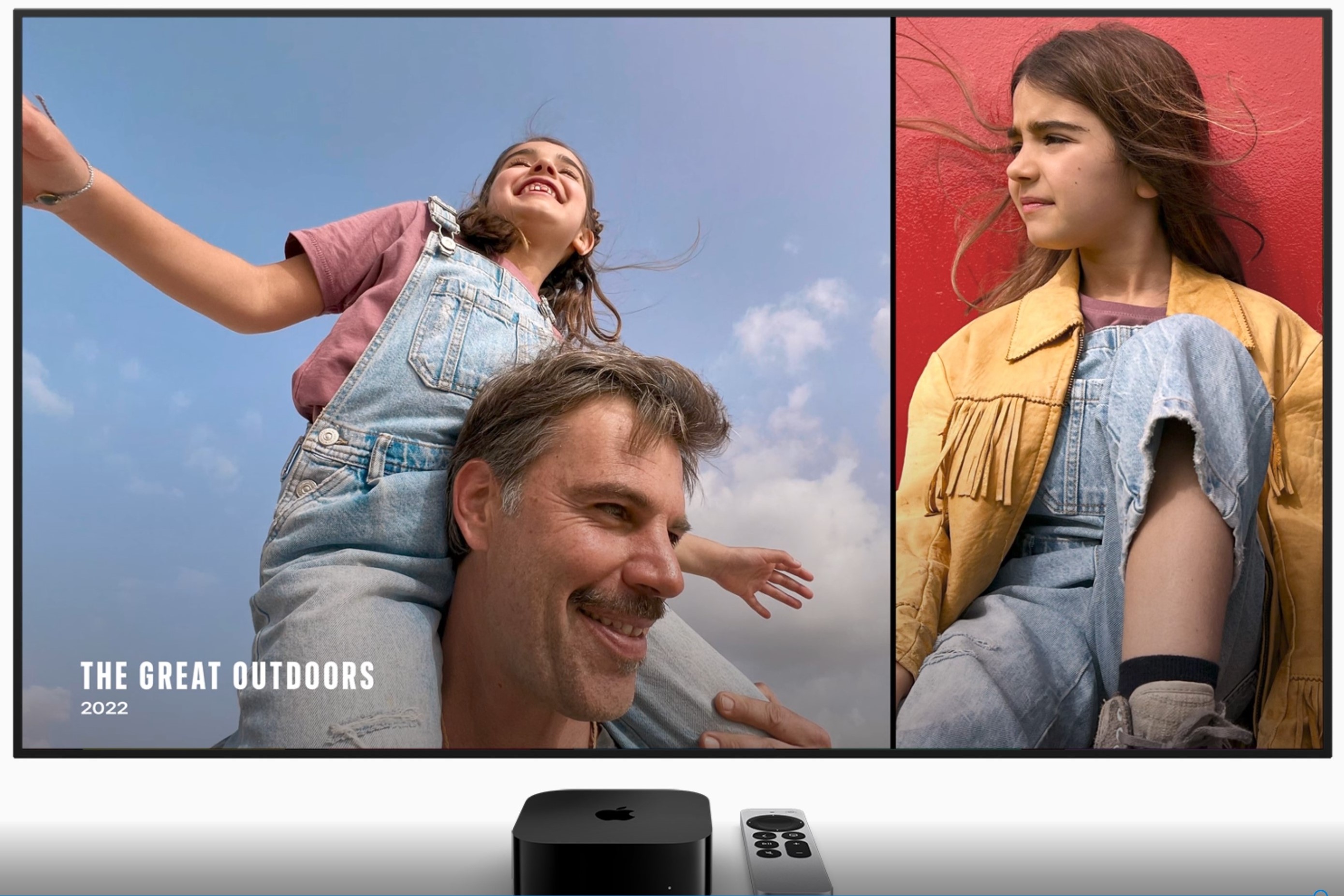At this year’s Worldwide Developers Conference, Apple gave some time to its core platforms: iOS, iPadOS, macOS, watchOS, and even tvOS. But one device was conspicuous by its absence: the HomePod.
Given that Apple spent a lot of time talking about the future of Siri during its keynote, one might mistakenly assume that the HomePod, with its reliance on Siri, would be at the center of such a strategy. But it increasingly seems like Apple’s smart speakers will be left on the periphery of these developments, or at the very least, forced to find a workaround to remain relevant.
Still, it seems like there’s something else brewing in the HomePod arena, something that’s moving the category forward instead of pushing it into the background. Something to keep an eye on.
Display is the key
Rumors of a HomePod with a screen have been circulating for years, but they’ve started to gain momentum in recent weeks. Bloomberg’s Mark Gurman reported early on that Apple was developing a tabletop “robot” with a screen that could be the first HomePod to support Apple Intelligence features; MacRumors uncovered device identifiers for a new home accessory; and 9to5Mac found a touchscreen interface built into tvOS. If there’s fire where there’s smoke, that’s the place to make s’mores.
Of course, Apple wouldn’t be the first company to jump on the bandwagon of adding a screen to its smart speakers: Amazon and Google have long produced versions of their Echo and Home devices that include a display. This can be useful for everything from displaying ambient information, like the weather forecast, upcoming events, or running timers, to playing videos for recipes or news, to acting as a digital photo frame.
All of these features add a new dimension of utility to a device like the HomePod, for times when voice control isn’t necessarily the ideal way to interact with such a device or provide it with useful information. And, more importantly, it’s an area where Apple is extremely well-positioned, thanks to its experience in successfully developing these types of interfaces across a multitude of devices.
Reach out and touch something
Perhaps the biggest challenge for Apple in this category is that it has almost too much Case in point: iPadOS, tvOS, and even iOS’s StandBy feature all provide useful templates on which to base such an interface. While this purported device has been described in the past as “a HomePod with an iPad attached,” it seems like the full capabilities of the iPad might be more than such a product would require.
Given the recent reveal of the touch interface in tvOS, it seems very likely that Apple’s set-top box operating system would serve as the basis for this product. This makes a lot of sense since a HomePod is typically a device that you interact with from a few feet away, rather than a few inches away. You want text and interface elements that are discernible from a distance rather than ones designed to be used at arm’s length.

tvOS will likely be at the heart of a HomePOd with a display.
Apple
That said, there will likely still be cases where you want to directly control said device. Will it be as simple as adding a touch layer to a tvOS interface? Probably not, although that seems like a good starting point. Ultimately, it would likely end up becoming a new platform itself… which probably explains the long-standing reports of an Apple project called homeOS.
Intelligence report
The real question is: does having a screen ultimately take some of the pressure off a HomePod to support the latest and greatest Siri? No, and the good news is that reports also suggest that this device would be powered by an A18 chip, the same one that’s expected to be in this year’s iPhone. With that in mind, it’s not out of the question that it’ll also have the requisite amount of RAM.
With a screen, a higher-end processor, and more memory, this product would probably sit at the high end of the HomePod lineup: If I had to guess, around $599. (Not only is that closer to the price of a full-size iPad and HomePod combined, it fits a formula my colleague Jason Snell came up with: Figure out what would seem a bit expensive to you but would pay, then add $50 or $100.) That’s not cheap, to be sure, but that’s not really the Vision Pro’s domain: Such a device would reasonably be positioned as a premium companion to the existing standard HomePod and the affordable HomePod mini, with a lot more features. Call it the HomePod Pro, I guess.
There’s no word yet on when such a device will be announced, let alone released, but with the updated Siri experience likely arriving next year, there’s a certain amount of sense in launching a high-end Siri-focused device alongside — or within reasonable distance of — the voice assistant’s biggest overhaul ever. It’s certainly a safe bet on this upgraded platform, and who doesn’t want to see Apple put its money where its mouth is?



